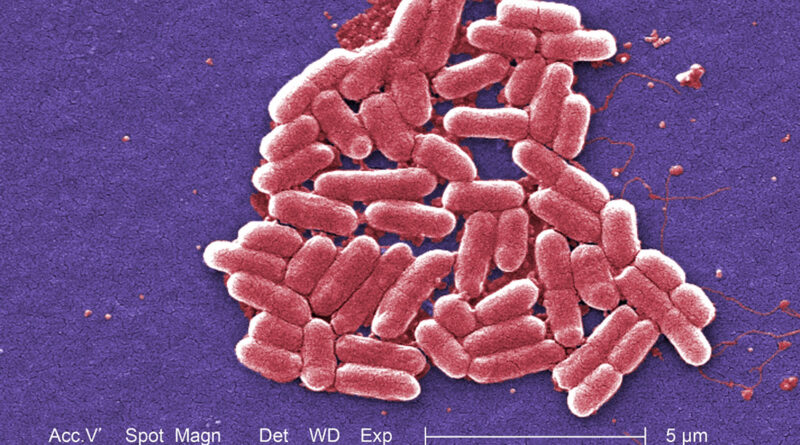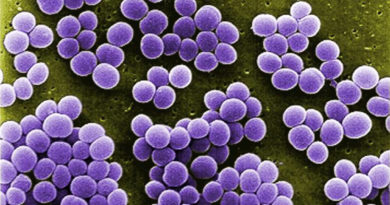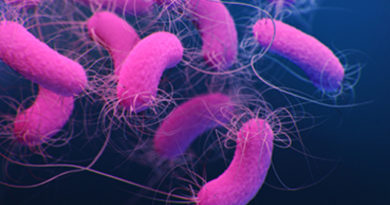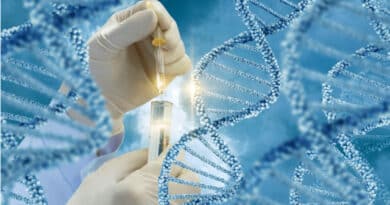Exploring the Cultural Characteristics of E. Coli
Escherichia coli, commonly known as E. coli, is a versatile and widely studied bacterium that is a central focus in microbiology and biotechnology. Its cultural characteristics—the attributes related to its growth and behavior on various media—are crucial for identification, research, and practical applications. This article delves into these characteristics, highlighting their significance in scientific and medical contexts.
Morphology and Growth Conditions
E. coli is a Gram-negative, rod-shaped bacterium that typically measures about 2.0 micrometers in length and 0.5 micrometers in diameter. It is facultatively anaerobic, meaning it can grow in both the presence and absence of oxygen. This adaptability makes it a robust organism capable of thriving in diverse environments, from the human gut to various laboratory settings.
Optimal Growth Parameters
– Temperature: E. coli grows best at 37°C, which is the average human body temperature. This temperature preference underscores its symbiotic relationship with humans.
– pH: The optimal pH range for E. coli is 6.0 to 7.0. It can tolerate slight deviations, but extreme pH levels can inhibit its growth or kill the bacteria.
– Nutrients: E. coli requires a nutrient-rich environment. It commonly grows on media containing peptone, yeast extract, and various carbohydrates. Lactose fermentation is a notable characteristic, especially in identifying E. coli strains that can ferment lactose.
Cultural Media and Colony Morphology
When grown on different culture media, E. coli exhibits distinctive characteristics that aid in its identification:
– Nutrient Agar: On nutrient agar, E. coli forms smooth, round, and slightly raised colonies with a pale yellow or off-white color. The colonies are typically about 2-4 mm in diameter after 24 hours of incubation.
– MacConkey Agar: This differential medium is used to isolate Gram-negative bacteria. E. coli colonies on MacConkey agar appear pink to red due to their ability to ferment lactose, producing acid that lowers the pH and changes the color of the neutral red indicator.
– Eosin Methylene Blue (EMB) Agar: On EMB agar, E. coli produces distinctive metallic green colonies due to strong acid production from lactose fermentation. This characteristic metallic sheen helps distinguish E. coli from other coliform bacteria.
– Blood Agar: While E. coli can grow on blood agar, it does not cause hemolysis (breaking down of red blood cells). Colonies appear similar to those on nutrient agar.
Metabolic Characteristics
E. coli’s metabolic versatility is evident in its ability to utilize a wide range of substrates for energy and growth. Key metabolic traits include:
– Fermentation: E. coli ferments glucose, lactose, and other sugars, producing gases such as carbon dioxide and hydrogen. The presence of these gases can be detected in fermentation tubes or Durham tubes.
– Indole Production: E. coli is positive for the indole test, indicating its ability to produce indole from tryptophan. This trait is used in the IMViC series of tests (Indole, Methyl Red, Voges-Proskauer, Citrate) for differentiating E. coli from other enteric bacteria.
– Methyl Red Test: E. coli is typically positive for the methyl red test, indicating stable acid production from glucose fermentation.
Pathogenicity and Strain Variability
While many strains of E. coli are harmless and part of the normal intestinal flora, some can cause severe illnesses. Pathogenic strains are classified based on their virulence factors and the diseases they cause, such as:
– Enteropathogenic E. coli (EPEC): Causes diarrhea in infants by adhering to the intestinal lining.
– Enterotoxigenic E. coli (ETEC): Produces toxins leading to traveler’s diarrhea.
– Enterohemorrhagic E. coli (EHEC): Notably E. coli O157:H7, causes severe foodborne illness and can lead to hemolytic uremic syndrome (HUS).
Applications in Biotechnology
E. coli’s well-understood genetics and ease of cultivation make it a valuable tool in biotechnology and molecular biology. It is widely used for cloning, gene expression, and production of recombinant proteins. The bacterium’s cultural characteristics, such as rapid growth and simple nutritional requirements, facilitate large-scale industrial processes.
Conclusion
Understanding the cultural characteristics of E. coli is fundamental for microbiologists, clinicians, and biotechnologists. Its growth patterns, metabolic capabilities, and reactions on various media provide essential information for identification, research, and application. As both a model organism and a significant pathogen, E. coli continues to be a central focus in scientific inquiry and public health.



